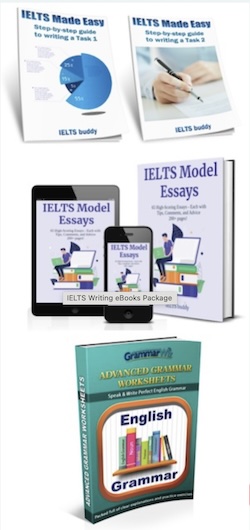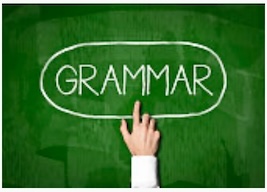- Home
- IELTS Quiz
- IELTS Graph Exercise
IELTS Graph Exercise
This IELTS graph exercise will improve your ability to use the language of change, needed when writing about graphs with a time frame.
The graph exercise focuses on some common sentence structures found in line graphs and other graphs or charts over time and the phrases used to describe change.
IELTS Graph Exercise
Language of Change
Instructions
Decide which word or words fit in the gap to create the correct language of change.
It's the past simple for completed events/actions in the past (2012-2016).
A noun is needed in the gap (note the 'a') so it is 'surge'. This is a common graph over time structure: 'Noun/noun phase + verb (e.g. saw/witnessed/experienced) + adjective + noun'.
It must be 'grew' as it is the past (2012-2016). 'Steadily' is the correct form of the adverb to modify the verb.
The structure needed here is adjective + noun. This is another common structure for graphs over time: 'There + to be + adjective + noun'.
We use the present perfect to describe events that started in the past and continue up to the current time. Graphs involving time are most often in the past only but you may for example get a graph from the past going into the future. This would thus also include whatever the current year is.
'Pattern' can't be plural as it is with 'a'. The structure is adjective + noun, and 'to fluctuate' as an adjective is with -ing.
With the phrase "by + date (in the past)" we use the past perfect tense (used to show a point in time in the past up to another more recent time in the past). This is a great way to impress the examiner as they should spot your use of this tense!
When the prepositions in, at, with, of, for, and about are used before a verb, the verb must use -ing (a noun may also appear before the verb). So 'with' in this context is followed by '(noun) + verb-ing', so it can't be 'rose', which is a main verb. Thus it is the present participle 'rising' preceded by the adverb 'steadily' (it could also be 'rising steadily').
"The amount of..." or "The number of..." is usually followed by 'noun + verb + adverb". It's past simple as '2000s' is the past.
Remember a verb if following a preposition such as 'with' takes the -ing form, creating a present participle phase ('alternating periods of growth and contraction').
Comments
Any comments or questions about this page or about IELTS? Post them here. Your email will not be published or shared.



















